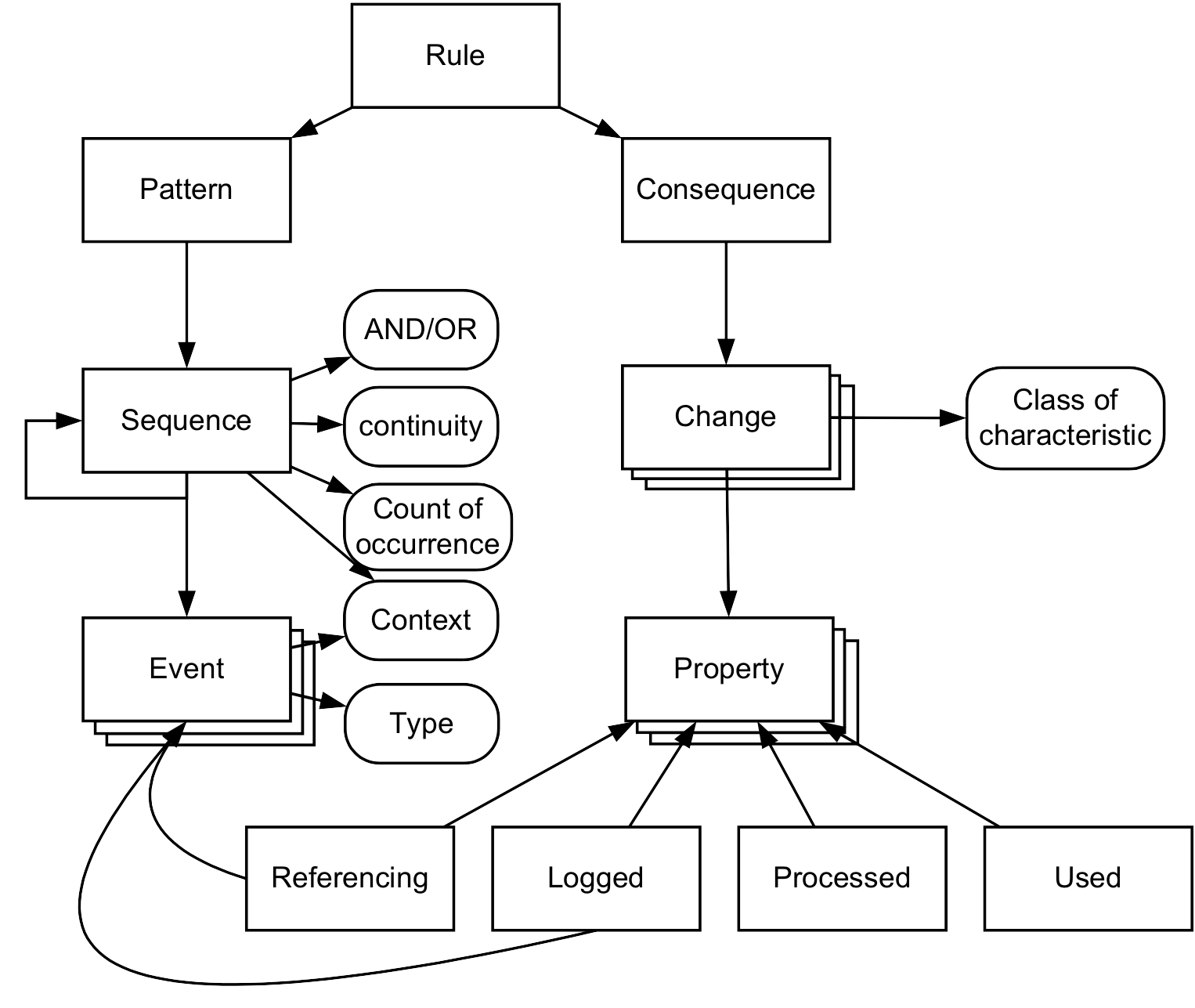|
Interception of User’s Interests on the Web Michal Barla Master thesis project supervised by prof. Mária Bieliková |
Motivation
Personalization of web-based information systems based on specialized user models has become more important in order to preserve the effectiveness of their use as the amount of available content increases. The challenge is how to acquire user characteristics suitable for personalization purposes automatically and efficiently, without posing too much burden on the user herself.
At the same time, when considering vast and highly dynamic information spaces, we need to employ novel user models and user modeling techniques, which go beyond the simple overlayed approach on the top of the domain model and are based on open-corpus domain modeling.
Rule-based User Characteristics Acquisition from Logs with Semantics
Our approach covers both main stages of user modeling process: data collection and subsequent data analysis. In the first stage, we gather semantically enriched evidence of user interaction via a user modeling server, which captures events of both client-side and server-side origin. A key point of our logging approach, which further separates log analysis from log creation, is the use of a common event ontology, which defines the semantics of individual events and their attributes. Furthermore, to evaluate the reasons behind user actions we also log the logical display state of the user interface at the time when an event took place. This allows us to analyze user decisions (i.e., the occurred events) based on what the user saw in the web browser interface (i.e., what her reasons were).
Produced logs of user actions with semantics serve as an input to the process of user model creation and maintenance. Our approach emphasizes the reusability aspect in both user modeling process as well as in the user model itself. We designed the user modeling process to be independent from the adaptive applications which contributed to the logs of user actions, working only with the semantics of individual events from aforementioned event ontology. This allows us to employ several reasoning agents, which process records of user interactions and update the user model. We designed and implemented an inference agent, driven by a rule formalism capturing interesting patterns of user-system interaction and ways how these patterns should be transformed into updates of ontology-based user model. All knowledge the agent requires in order to process the log of events and update the user model is stored in these rules, thus making the agent highly configurable and reusable.

Evaluation
We evaluated our method by providing user modeling layer to different presentation tools, namely to the enhanced faceted browser Factic and CriteriaSearch. The experiments performed in different application domains (job offers in project NAZOU and scientific publications in project MAPEKUS) showed that resulting user model improved overall task times, reduced the number of required clicks and thus enhanced the end-user experience with the web-based system.
Publications
- Barla, M.
- Interception of User’s Interests on the Web. Master thesis, Slovak University of Technology in Bratislava 2007.
 pdf (in Slovak)
pdf (in Slovak)
- Barla, M., Tvarožek, M., Bieliková, M.
- Rule-based User Characteristics Acquisition from Logs with Semantics for Personalized Web-Based Systems. In Computing and Informatics. Volume 28, 2009, No. 4: 429-452.
- Tvarožek, M., Barla, M., Bieliková, M.
- Personalized Presentation in Web-Based Information Systems. In J. Van Leeuwen et al.(Eds.), SOFSEM 2007: Proc. of the 33rd Conf. on Current Trends in Theory and Practice of Computer Science. LNCS 4362, pp. 796-807. Harrachov, Czech Republic: Springer-Verlag, Berlin Heidelberg.
- Barla, M.
- Interception of User’s Interests on the Web. In V. P. Wade, H. Ashman, B. Smyth (Ed.), AH 2006: Proceedings of the 4th Int. Conf. on Adaptive Hypermedia and Adaptive Web-Based Systems. LNCS 4018, pp. 435-439. Dublin, Ireland: Springer-Verlag, Berlin Heidelberg.
| to Homepage | to Teaching | to the Top |
|
||
|
||